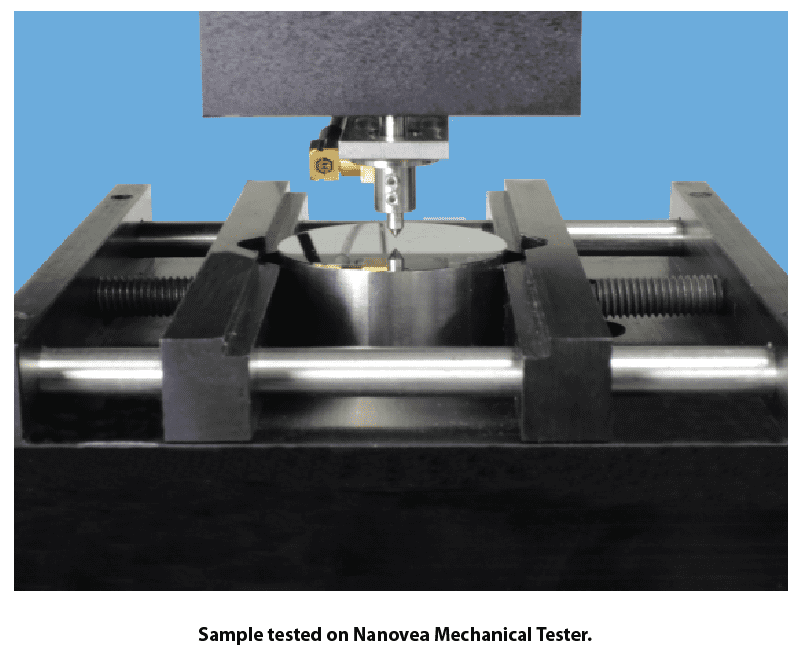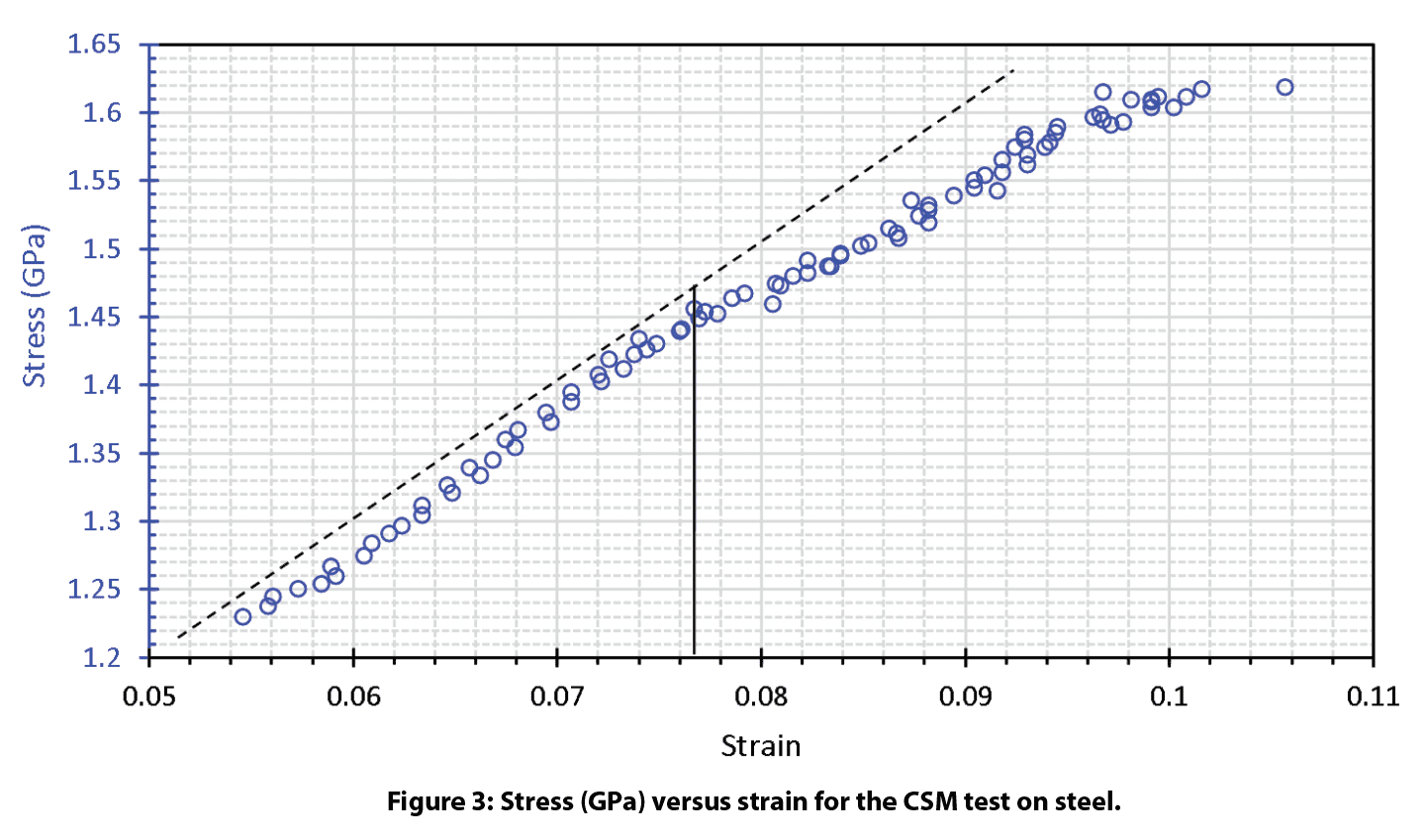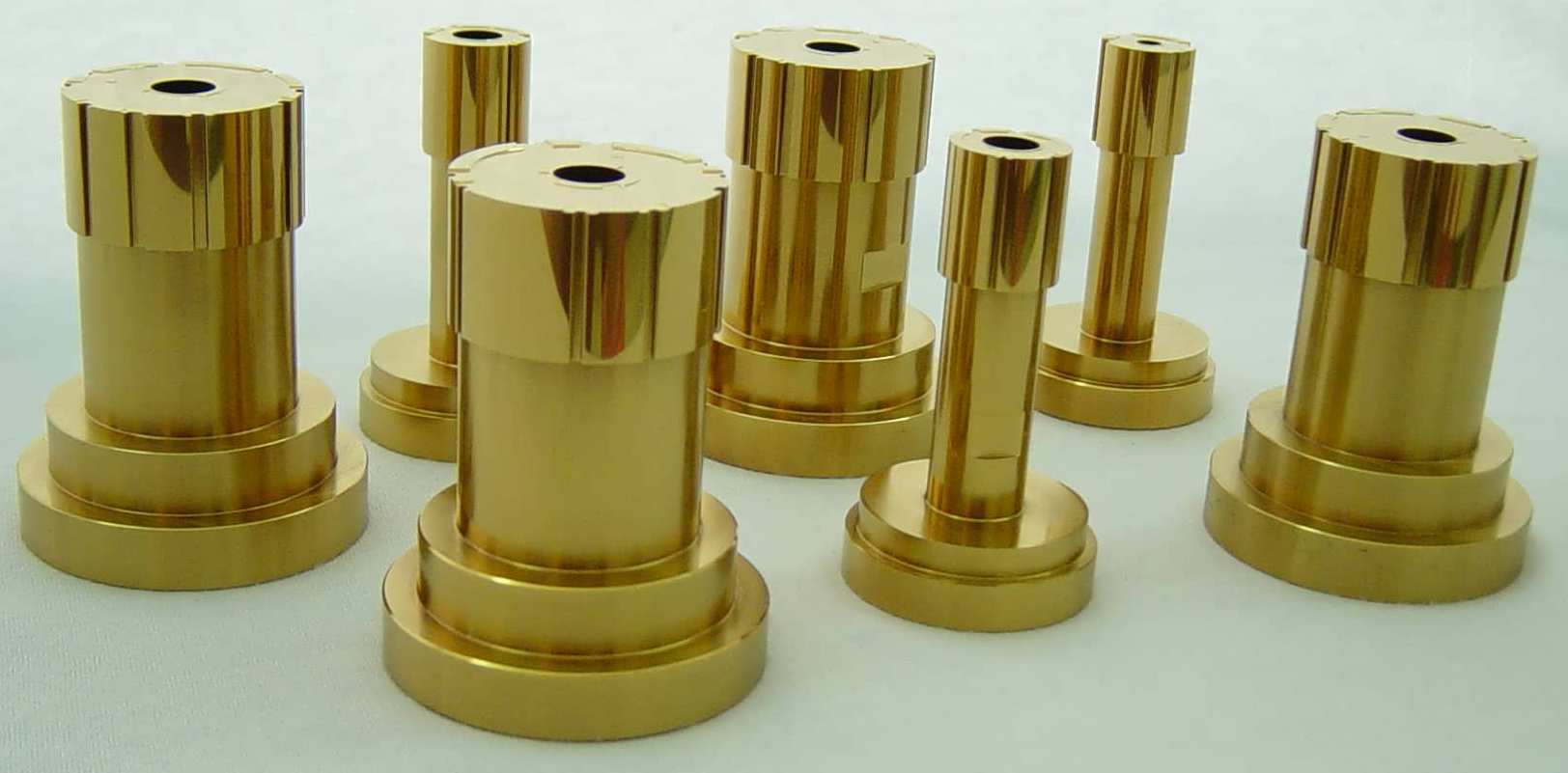Categoría: Notas de aplicación

Textura y picado de paneles de yeso mediante perfilometría 3D
La textura y la rugosidad de los paneles de yeso son fundamentales para la calidad y el aspecto del producto final. Una mejor comprensión del efecto de la textura y la consistencia de la superficie sobre la resistencia a la humedad de los paneles de yeso revestidos permite seleccionar el mejor producto y optimizar la técnica de pintura para obtener el mejor resultado. Para evaluar cuantitativamente la calidad de la superficie del revestimiento se necesita una inspección de la superficie cuantificable, rápida y fiable. Los perfilómetros sin contacto Nanovea 3D utilizan tecnología confocal cromática con una capacidad única para medir con precisión la superficie de la muestra. La técnica de sensor lineal puede terminar de escanear una gran superficie de paneles de yeso en cuestión de minutos.
Textura y picado de paneles de yeso mediante perfilometría 3D
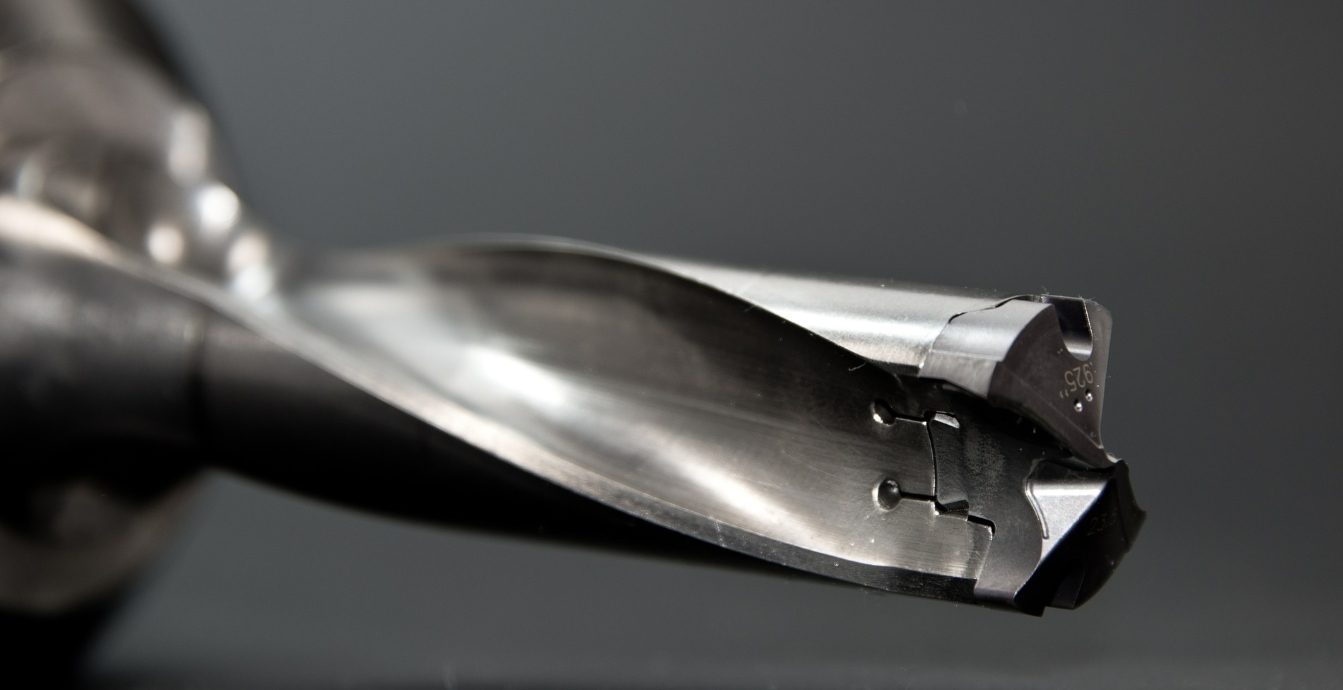
Medición cíclica de la tensión-deformación por nanoindentación
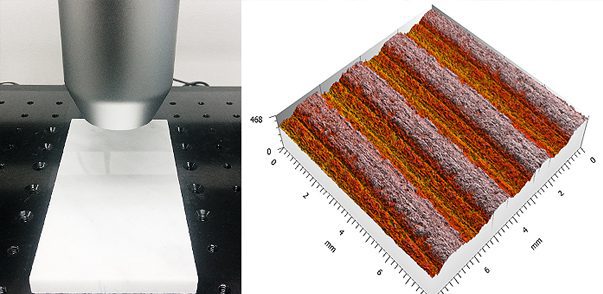
Machining Finish Quality Using 3D Profilometry
Machining finish is a result of different cutting techniques exhibiting different surface features. Flatness, roughness and texture of a cut/machined surface is vital to its end use. Accurate clean cut reduces the further work on grinding and rough edge removal. For example, when marble tiles are manufactured, inaccurate and rough cutting may lead to mismatch during the tile floor installation. Quantitative measurement of the surface texture, consistency, roughness and others is critical in improving the cutting/machining processing and quality control measures.

Fallo del revestimiento ranurado del stent mediante pruebas de nanorrayado
El stent liberador de fármacos es un nuevo enfoque en la tecnología de stents. Posee un revestimiento de polímero biodegradable y biocompatible que libera el medicamento de forma lenta y continua en la arteria local para inhibir el engrosamiento de la íntima y evitar que la arteria vuelva a obstruirse. Una de las principales preocupaciones es la deslaminación del recubrimiento polimérico que lleva la capa liberadora de fármacos del sustrato metálico de la endoprótesis. Para mejorar la adherencia de este revestimiento al sustrato, la endoprótesis se diseña con diferentes formas. Concretamente en este estudio, el recubrimiento de polímero se sitúa en la parte inferior de la ranura del alambre de malla, lo que supone un enorme reto para la medición de la adhesión. Se necesita una técnica fiable para medir cuantitativamente la resistencia interfacial entre el revestimiento de polímero y el sustrato metálico. La forma especial y el pequeño diámetro de la malla de la endoprótesis (comparable al de un cabello humano) requieren una precisión lateral X-Y ultrafina para localizar la posición de la prueba y un control y medición adecuados de la carga y la profundidad durante la prueba.
Fallo del revestimiento ranurado del stent mediante pruebas de nanorrayado

Tribology Inspection of Titanium Nitride Coatings By Tribometer
Wear of the tools in service creates loss of dimensions and functionality of the tools. It has significant influence on the tool life, as well as the surface integrity and dimension accuracy of the finished products. The tribo-mechanical properties of the protective ceramic coatings can substantially enhance the service performance and lifespan of the machine tools. Reliable and accurate tribology inspection of such protective coatings becomes vital to ensure quality performance of the tools.
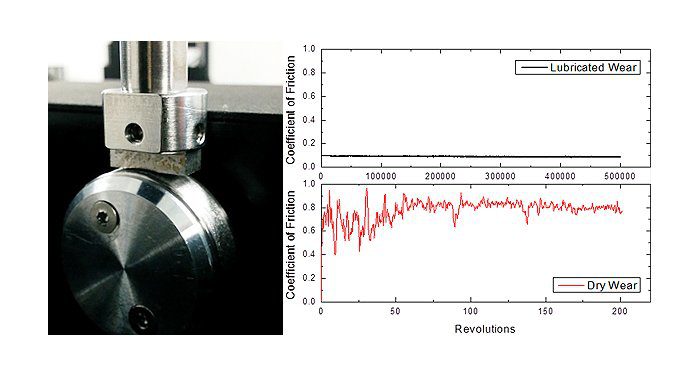
Block on Ring Tribometer Option
Block on Ring test is a widely used technique that evaluates the sliding wear behaviors of materials in different simulated conditions, allows reliable ranking of material couples for specific tribological applications. Sliding wear often involves complex wear mechanisms taking place at the contact surface, such as adhesion wear, two-body abrasion, three-body abrasion and fatigue wear. The wear behavior of materials is significantly influenced by the work environment, such as normal loading, speed, corrosion and lubrication. A versatile tribometer that can simulate the different realistic work conditions will be ideal for wear evaluation.
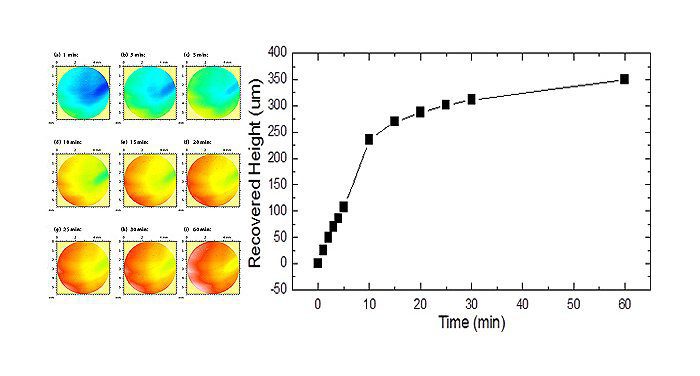
Compression Set Measurement With 3D Profilometry
Compression set measurement of rubbers progressively recover their shape after the compressive stress is removed. Accurate in situ monitoring of the shape evolution during the compression set period can provide important insight into the mechanism of material recovery. Moreover, real-time monitoring of surface morphologies is very useful in various materials applications, such as paint drying and 3D printing. The Nanovea 3D Non-Contact Profilometers measure the surface morphology of materials without touching the sample, avoiding introducing additional scratches or shape alteration which may be caused by contact technologies such as sliding stylus.
https://nanovea.com/App-Notes/compression-set-measurement.pdf
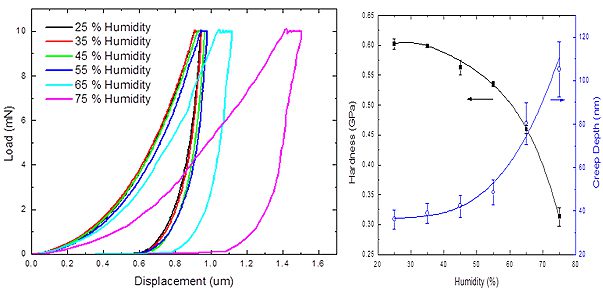
Nanoindentación de películas poliméricas con humedad controlada
Las propiedades mecánicas del polímero se modifican a medida que aumenta la humedad ambiental. Los efectos transitorios de la humedad, también conocidos como efectos de mecanosorción, surgen cuando el polímero absorbe un alto contenido de humedad y experimenta un comportamiento de fluencia acelerado. La mayor resistencia a la fluencia es el resultado de complejos efectos combinados, como el aumento de la movilidad molecular, el envejecimiento físico inducido por la sorción y los gradientes de tensión inducidos por la sorción.
Por lo tanto, se necesita una prueba fiable y cuantitativa (nanoindentación de humedad) de la influencia inducida por la sorción en el comportamiento mecánico de los materiales poliméricos a diferentes niveles de humedad. El módulo Nano del Nanovea Mechanical Tester aplica la carga mediante un piezoeléctrico de alta precisión y mide directamente la evolución de la fuerza y el desplazamiento. Se crea una humedad uniforme alrededor de la punta de indentación y la superficie de la muestra mediante un recinto de aislamiento, lo que garantiza la precisión de la medición y minimiza la influencia de la deriva causada por el gradiente de humedad.
Nanoindentación de películas poliméricas con humedad controlada
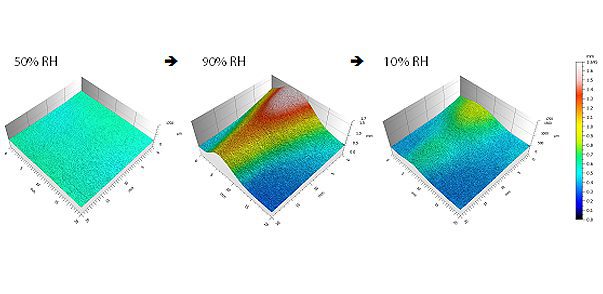
Humidity Effect On Paper Flatness
Paper flatness is critical to the proper performance of printing paper. It communicates functional characteristics and makes an impression of the paper quality. A better understanding of the effect of humidity on paper flatness, texture and consistency allows optimizing the processing and control measures to obtain the best product. Quantifiable, precise and reliable surface inspection of the paper in different humid environments is in need to simulate the use of paper in the realistic application. The Nanovea Perfilómetros 3D sin contacto utilizes chromatic confocal technology with unique capability to precisely measure the paper surface. A humidity controller provides precise control of the humidity in a sealed chamber where the test sample is exposed to the moisture.
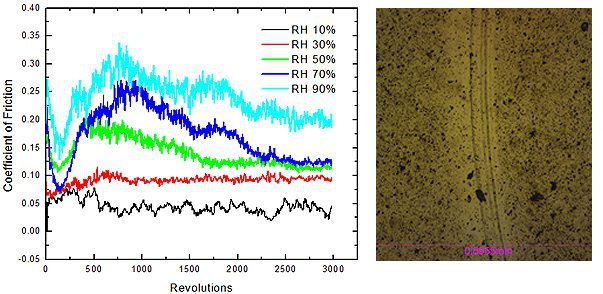
Efecto de la tribología de la humedad en el revestimiento de DLC
El recubrimiento de DLC presenta un COF muy bajo frente a la bola de acero (inferior a 0,1) en condiciones de alto vacío y en seco. Sin embargo, también se ha informado de que el DLC es muy sensible al cambio de las condiciones ambientales, en particular a la tribología de la humedad relativa (HR). Un entorno con una elevada humedad y concentración de oxígeno puede provocar un aumento significativo del COF. Con el fin de simular las condiciones ambientales realistas del recubrimiento de DLC para aplicaciones tribológicas, se necesita una evaluación fiable del desgaste en una humedad controlada y monitorizada. Esto permite a los usuarios comparar adecuadamente los comportamientos de desgaste de los recubrimientos de DLC expuestos a diferentes humedades y seleccionar el mejor candidato para la aplicación deseada.
Efecto de la tribología de la humedad en el revestimiento de DLC


